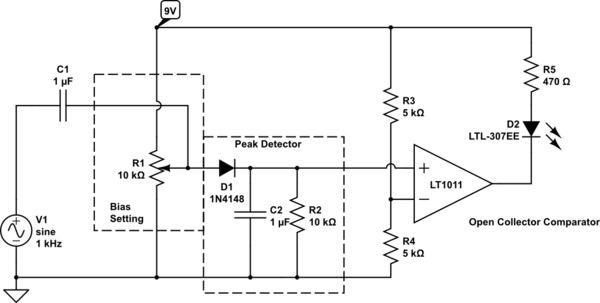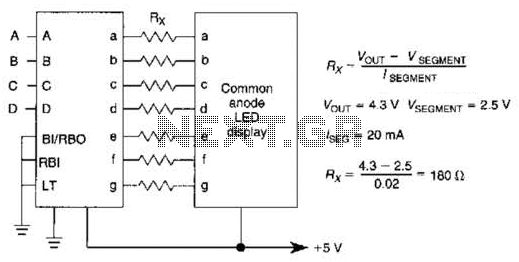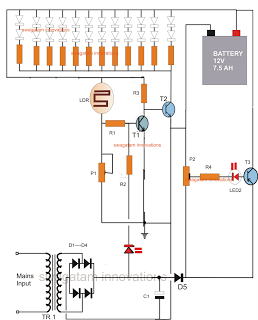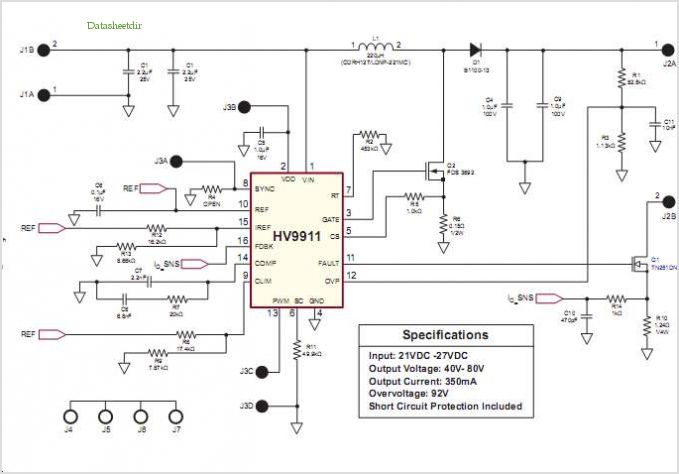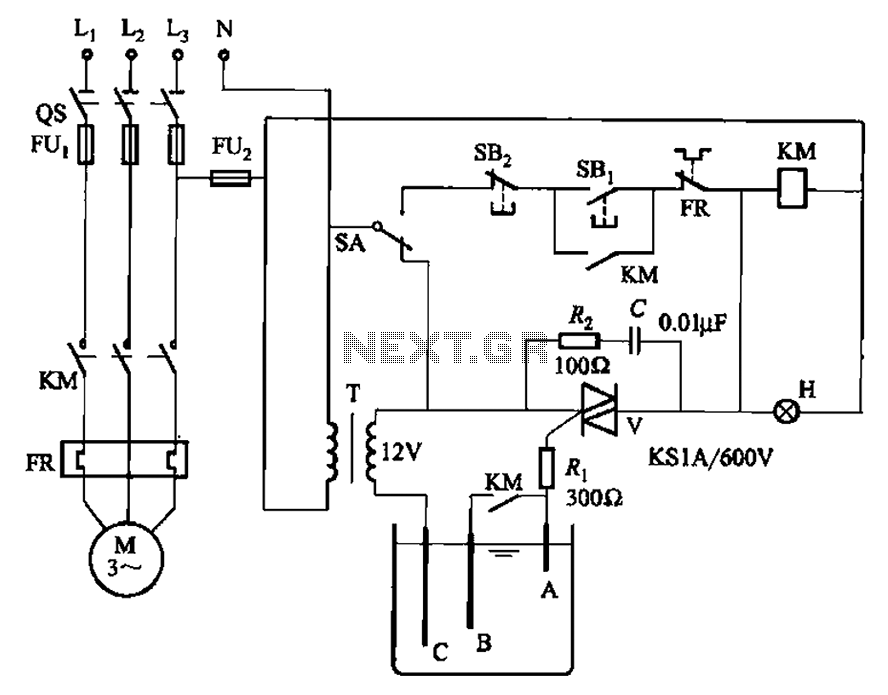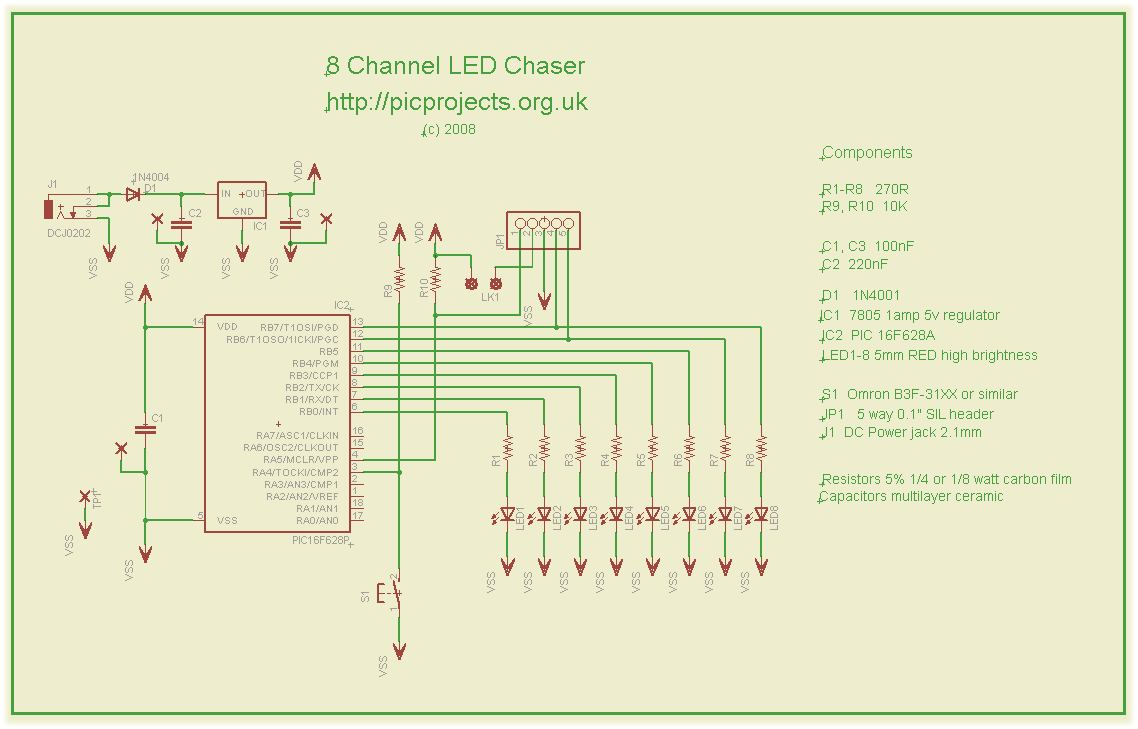
Led sequencer/scanner

Yes, both of those transistor types will be suitable. Is the "sn9304" a 2N3904? That's a common type. You're going to have four LEDs on at a ...
The context indicates the use of transistors, specifically the 2N3904 or potentially a variant like the SN9304, in a circuit involving four light-emitting diodes (LEDs). The 2N3904 is a widely used NPN bipolar junction transistor (BJT) that is suitable for low-power amplification and switching applications. Its typical specifications include a maximum collector current of 200 mA and a maximum collector-emitter voltage of 40 V, making it a versatile component for various electronic projects.
In a circuit utilizing the 2N3904 to drive four LEDs, the transistors would be employed to control the current flowing through the LEDs, ensuring they operate efficiently without exceeding their rated current. Each LED would typically be connected in series with a current-limiting resistor to prevent excessive current flow. The value of this resistor can be calculated using Ohm's Law, taking into account the forward voltage drop of each LED and the desired current.
For instance, if each LED has a forward voltage drop of 2V and the desired forward current is 20 mA, the resistor value can be calculated as follows:
1. Determine the supply voltage (V_supply).
2. Calculate the total forward voltage drop (V_LED_total) across the four LEDs: V_LED_total = 4 * 2V = 8V.
3. Then, the resistor value (R) can be found using the formula: R = (V_supply - V_LED_total) / I_LED, where I_LED is the desired current in amperes.
If V_supply is 12V, the calculation would be: R = (12V - 8V) / 0.02A = 200 ohms.
The output from the transistor can be controlled via a microcontroller or a simple switch, allowing for dynamic control of the LEDs. When the transistor is turned on, it allows current to flow through the LEDs, illuminating them. Conversely, when the transistor is off, the LEDs will not light up.
In summary, the choice of the 2N3904 transistor for driving four LEDs is appropriate, given its specifications and common usage. Proper calculations for resistor values and understanding the circuit configuration will ensure reliable operation of the LED array.Yes, both of those transistor types will be suitable. Is the ""sn9304"" a 2N3904? That`s a common type. You`re going to have four LEDs on at a .. 🔗 External reference
The context indicates the use of transistors, specifically the 2N3904 or potentially a variant like the SN9304, in a circuit involving four light-emitting diodes (LEDs). The 2N3904 is a widely used NPN bipolar junction transistor (BJT) that is suitable for low-power amplification and switching applications. Its typical specifications include a maximum collector current of 200 mA and a maximum collector-emitter voltage of 40 V, making it a versatile component for various electronic projects.
In a circuit utilizing the 2N3904 to drive four LEDs, the transistors would be employed to control the current flowing through the LEDs, ensuring they operate efficiently without exceeding their rated current. Each LED would typically be connected in series with a current-limiting resistor to prevent excessive current flow. The value of this resistor can be calculated using Ohm's Law, taking into account the forward voltage drop of each LED and the desired current.
For instance, if each LED has a forward voltage drop of 2V and the desired forward current is 20 mA, the resistor value can be calculated as follows:
1. Determine the supply voltage (V_supply).
2. Calculate the total forward voltage drop (V_LED_total) across the four LEDs: V_LED_total = 4 * 2V = 8V.
3. Then, the resistor value (R) can be found using the formula: R = (V_supply - V_LED_total) / I_LED, where I_LED is the desired current in amperes.
If V_supply is 12V, the calculation would be: R = (12V - 8V) / 0.02A = 200 ohms.
The output from the transistor can be controlled via a microcontroller or a simple switch, allowing for dynamic control of the LEDs. When the transistor is turned on, it allows current to flow through the LEDs, illuminating them. Conversely, when the transistor is off, the LEDs will not light up.
In summary, the choice of the 2N3904 transistor for driving four LEDs is appropriate, given its specifications and common usage. Proper calculations for resistor values and understanding the circuit configuration will ensure reliable operation of the LED array.Yes, both of those transistor types will be suitable. Is the ""sn9304"" a 2N3904? That`s a common type. You`re going to have four LEDs on at a .. 🔗 External reference
